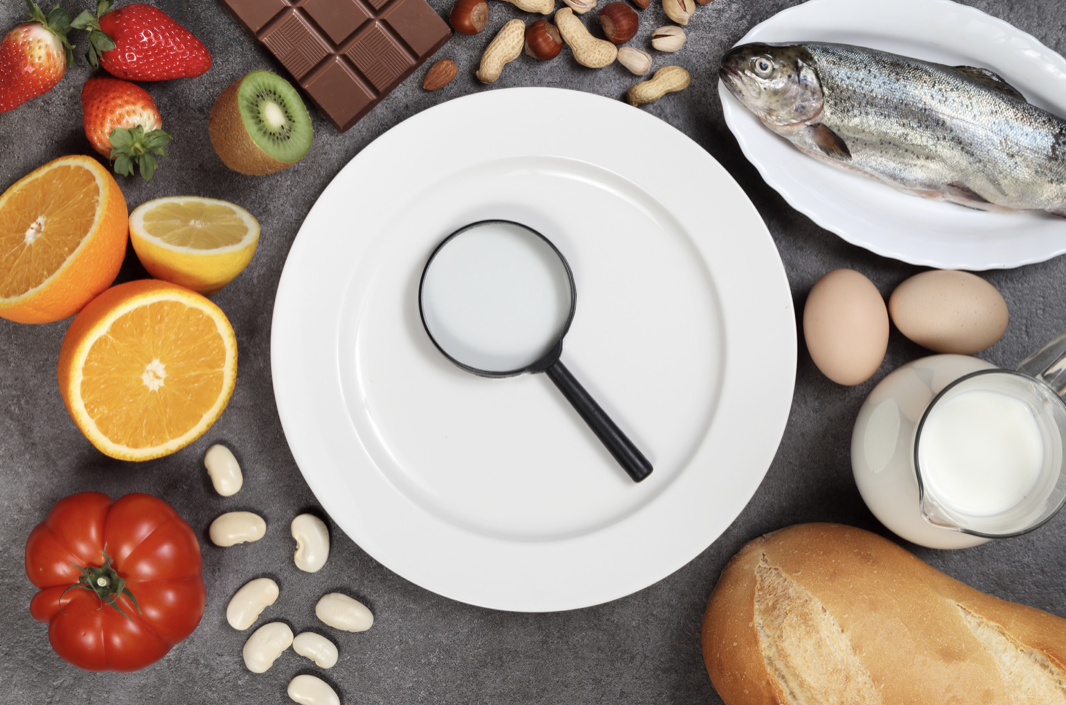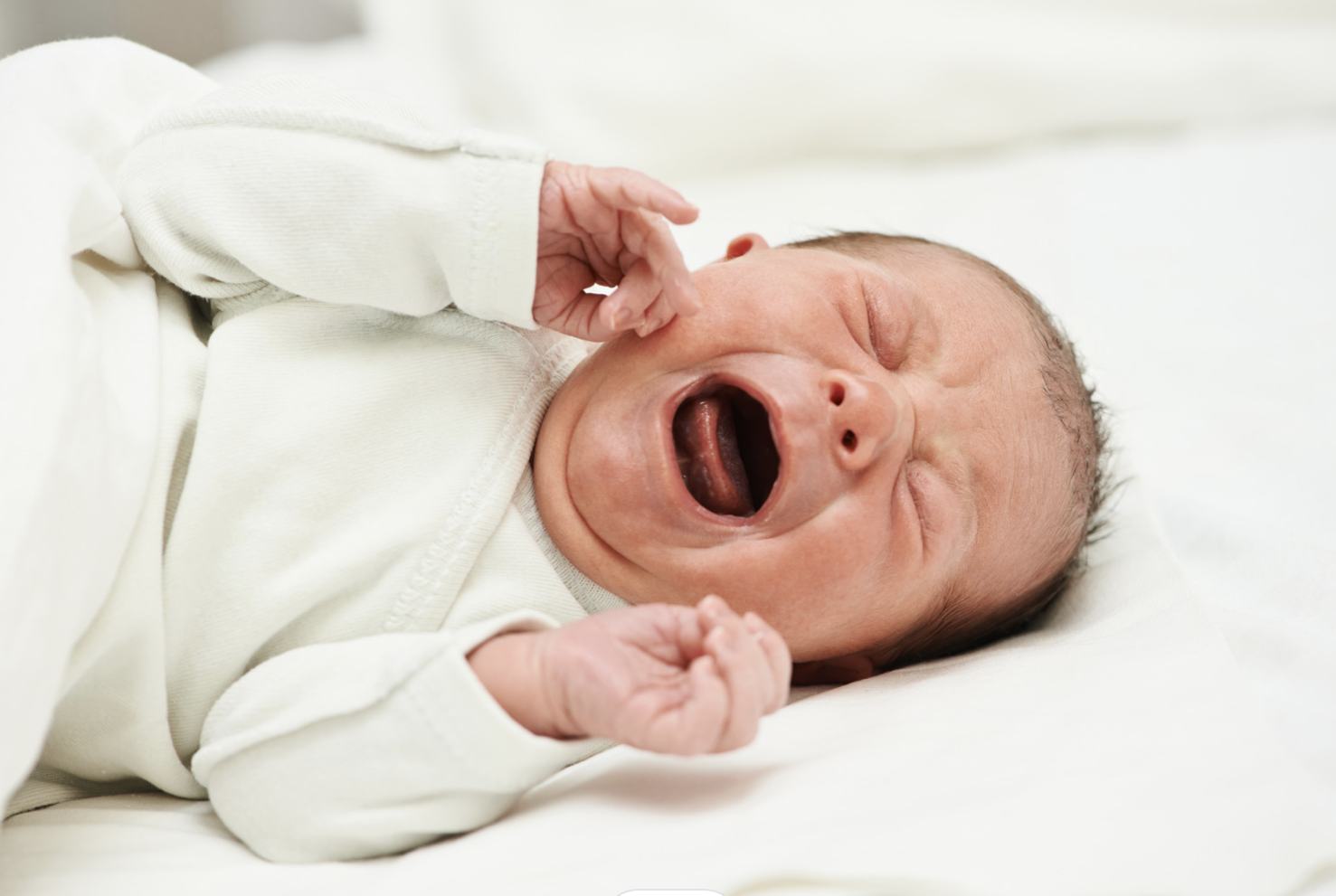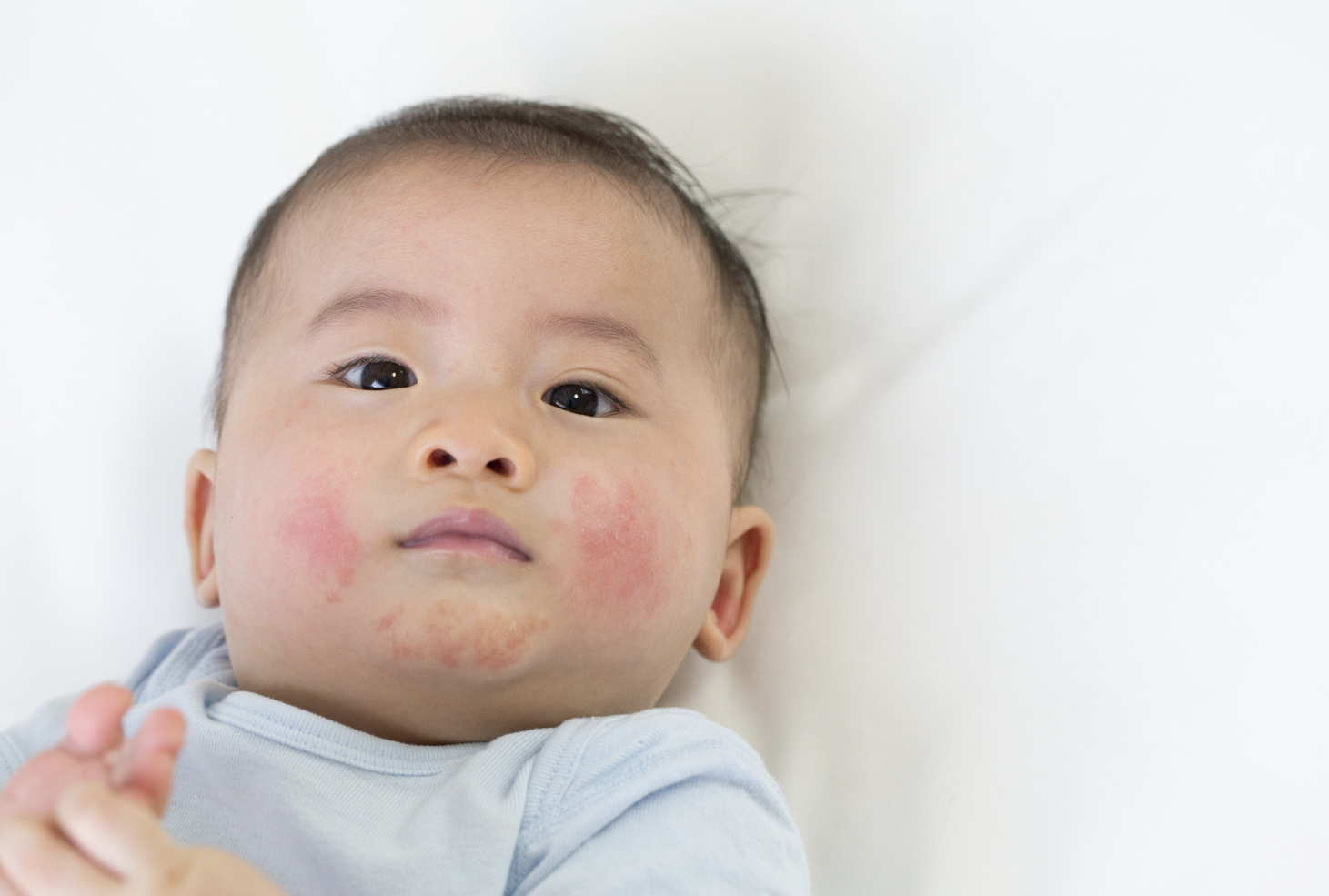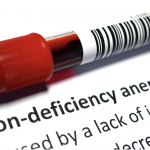The impact of iron deficiency in childhood
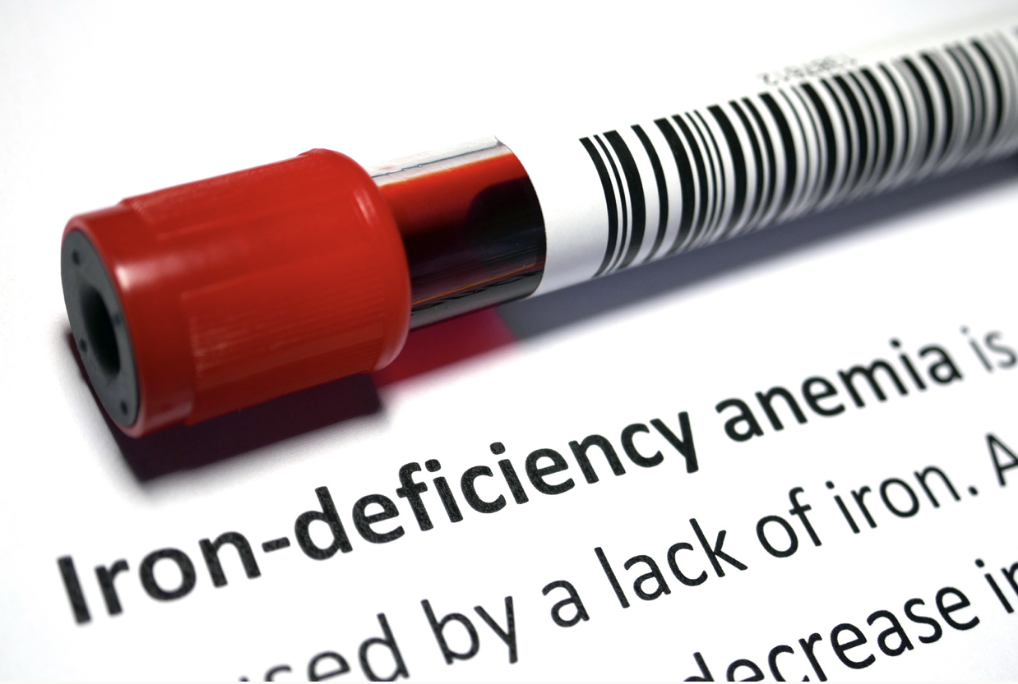
What happens if your child has low iron?
Iron is essential for brain function, so low levels during early childhood can unfortunately have long lasting effects on cognitive development. Iron deficiency has a negative impact on attention, memory, and learning, which are crucial for academic and social success1. Research has shown that school aged children who have experienced long term iron deficiency scored significantly lower on cognitive tests than non anaemic children, and their academic achievements were significantly lower2 .
Iron deficient children may also have difficulty with emotional and social regulation. Studies have found that children with iron deficiency anaemia are more likely to exhibit behavioural and emotional problems, including irritability, anxiety, depression, difficulty concentrating and memory issues. These behavioural and emotional problems may be related to changes in brain function and neurotransmitter systems that are involved in emotional and social regulation3.
Iron deficiency in childhood can lead to many adverse health outcomes
- Impaired cognitive development: Iron is crucial for brain development and function. Iron deficiency during childhood has been associated with lower cognitive function, impaired memory, and attention deficits. Iron deficient children can also have lower IQ scores and worse performance on cognitive tests than iron sufficient children2,4.
- Anaemia: Iron deficiency anaemia is a common manifestation of iron deficiency. It can lead to fatigue, weakness, decreased exercise tolerance, and decreased immune function5.
- Growth restriction: Iron deficiency can lead to stunted growth and delayed puberty. Studies have found that iron deficient children have lower height-for-age and weight-for-age scores than iron sufficient children6.
- Behavioural and emotional problems: Iron deficiency has been associated with increased risk of behavioural and emotional problems, including anxiety, depression, and ADHD. Iron deficient children are at a higher risk of developing these problems than iron sufficient children1,7.
- Increased risk of infections: Iron deficiency can lead to decreased immune function and an increased risk of illness by making kids more susceptible to infections in comparison to iron sufficient children7.
Long term effects of Iron Deficiency in Childhood
The long term effects of iron deficiency in childhood are not well understood. There is evidence to suggest that iron deficiency can have lasting effects on health and development well into adulthood.
Some of the long term effects of iron deficiency in childhood include;
- Impaired cognitive function: Iron deficiency during childhood has been associated with long term impairments in cognitive function, including lower IQ and decreased executive function. A study conducted in Chile found that iron deficient children had lower IQ scores and worse performance on cognitive tests than iron sufficient children3.
- Increased risk of chronic diseases: Iron deficiency during childhood has been associated with an increased risk of chronic diseases, including cardiovascular disease, diabetes, and obesity. A study conducted in the US found that iron deficient children were more likely to develop metabolic syndrome, a group of risk factors for cardiovascular disease and diabetes, in comparison to iron sufficient children8.
- Decreased earning potential: Iron deficiency during childhood has been associated with lower earnings in adulthood, likely due to the effects on cognitive function. A study conducted in Sweden found that iron deficient children had lower earnings in adulthood in comparison to peers who were iron sufficient throughout their childhood9.
- Reduced quality of life: Iron deficiency during childhood can lead to a reduced quality of life in adulthood, including increased rates of depression and anxiety.
Long term consequences of iron deficiency in childhood
Iron deficiency during childhood can have long term consequences on the quality of life in adulthood. An Australian study found that iron deficient children are at an increased risk of developing mental health problems, such as depression and anxiety, in later life. The study also found that iron deficient children had poorer self esteem, lower social functioning, and reduced physical and emotional well being in adulthood10.
How can we raise children’s iron levels?
Naturopathic medicine offers several approaches to the treatment and future prevention of iron deficiency in children. A children’s health naturopath will focus on reviewing the underlying causes of iron deficiency, including dietary intake, how well the gut is actually absorbing iron (from foods and supplements), and if there are deficiencies of any other nutrients that iron needs to absorb.
Natural ways to improve children’s iron levels
- Dietary Changes: A diet rich in iron can help prevent and treat iron deficiency. Iron rich foods include lean meat, poultry, fish, legumes, nuts, seeds, and dark leafy greens. Additionally, foods high in vitamin C, such as citrus fruits, berries, and capsicums, can improve iron absorption11.
- Herbal Medicines: Several herbs can help increase iron absorption and support iron levels in the body. These include nettle, yellow dock, and dandelion root. Herbs can be used in teas, tinctures, or supplements, under the guidance of a children’s health naturopath12.
- Nutritional Supplements: Iron supplements are a standard treatment for iron deficiency. However, a children’s health naturopath may also recommend other supplements to support iron absorption, such as vitamin C, vitamin B12, and folic acid11.
- Probiotics: Lactobacillus plantarum and Lactobacillus fermentum have been found to enhance iron absorption and improve iron status in children with iron deficiency anaemia. Specific probiotic strains can help the gut to absorb iron by reducing gut inflammation and promoting the growth of beneficial gut bacteria that assists all nutrients in absorbing, not just iron13,14.
- Specific Chemical Forms of Iron: Iron bisglycinate is a gentle form of iron that has a higher bioavailability and lower risk of gastrointestinal side effects compared to other forms of iron, such as ferrous sulfate. Iron bisglycinate may be particularly suitable for children who have difficulty tolerating other forms of iron due to side effects such as constipation or nausea15.
What happens if children have low iron long term?
It is important to correct iron deficiency quickly in early childhood because iron is so critical for optimal growth and development. Iron deficiency can impair cognitive development, cause behavioural problems, and increase the risk of infections. Iron deficiency anaemia, which occurs when iron levels are severely depleted, can also lead to delayed motor and mental development, poor academic performance, and reduced physical work capacity later in life.
Early diagnosis and treatment of iron deficiency in childhood can prevent these negative long term effects and promote optimal physical and cognitive development. Ultimately, we don’t want to create reliance on iron supplements for prolonged periods of time. We want to figure out why growing bodies are having trouble absorbing iron and address that issue, so we can come off of supplements after the initial treatment.
References
- Jáuregui-Lobera I. Iron deficiency and cognitive functions. Neuropsychiatr Dis Treat. 2014 Nov 10;10:2087-95. doi: 10.2147/NDT.S72491. PMID: 25419131; PMCID: PMC4235202.
- Lozoff, B., Beard, J., Connor, J., Barbara, F., Georgieff, M., Schallert, T., & Long-term Iron Deficiency Anemia Affects Cognition at School Age: A Longitudinal Study. (2006). Pediatrics, 118(4), 1-9.
- Lozoff B, Beard J, Connor J, Barbara F, Georgieff M, Schallert T. Long-lasting neural and behavioral effects of iron deficiency in infancy. Nutr Rev. 2006 May;64(5 Pt 2):S34-43; discussion S72-91. doi: 10.1301/nr.2006.may.s34-s43. PMID: 16770951; PMCID: PMC1540447.
- Pasricha SR, Black J, Muthayya S, Shet A, Bhat V, Nagaraj S, Prashanth NS, Sudarshan H, Biggs BA, Shet AS. Determinants of anemia among young children in rural India. Pediatrics. 2010 Jul;126(1):e140-9. doi: 10.1542/peds.2009-3108. Epub 2010 Jun 14. PMID: 20547647.
- Brotanek JM, Gosz J, Weitzman M, Flores G. Iron deficiency in early childhood in the United States: risk factors and racial/ethnic disparities. Pediatrics. 2007 Sep;120(3):568-75. doi: 10.1542/peds.2007-0572. PMID: 17766530.
- Seshadri S, Gopaldas T. Impact of iron supplementation on cognitive functions in preschool and school-aged children: the Indian experience. Am J Clin Nutr. 1989 Sep;50(3 Suppl):675-84; discussion 685-6. doi: 10.1093/ajcn/50.3.675. PMID: 2773845.
- Beard JL. Iron deficiency: assessment during pregnancy and its importance in pregnant adolescents. Am J Clin Nutr. 1994 Feb;59(2 Suppl):502S-508S discussion 508S-510S. doi: 10.1093/ajcn/59.2.502S. PMID: 8304288.
- Dong, F., Howard, A. G., Herring, A. H., Thompson, A. L., Adair, L. S., Popkin, B. M., & Gordon-Larsen, P. (2013). Longitudinal associations of iron status with subsequent depressive symptoms in young adult women: a prospective cohort study. American Journal of Clinical Nutrition, 98(4), 982-988.
- Almond, D., & Currie, J. (2011). Human Capital Development Before Age Five. Handbook of Labor Economics, 4, 1315-1486.
- Oddy WH, Robinson M, Ambrosini GL, O’Sullivan TA, de Klerk NH, Beilin LJ, Silburn SR, Zubrick SR, Stanley FJ. The association between dietary patterns and mental health in early adolescence. Prev Med. 2009 Aug;49(1):39-44. doi: 10.1016/j.ypmed.2009.05.009. Epub 2009 May 23. PMID: 19467256.
- McClure, S. T. (2017). Integrative management of iron-deficiency anemia. Integrative Medicine Alert, 20(6), 1-8.
- Rehman, S. U., Shah, S. A. A., & Ali, T. (2019). Herbal treatment for iron deficiency anemia: A review. Journal of Herbal Medicine, 16, 100230.
- Cruz-Rodríguez, L. A., García-Cruz, N. B., Lira-Plascencia, J., Moreno-Guillén, J., Vargas-Ojeda, A., Poblano, A., & Martínez-Álvarez, J. C. (2021). Effect of Lactobacillus fermentum and Lactobacillus plantarum on iron status and physical performance of Mexican children with iron deficiency anemia. Journal of Medicinal Food, 24(6), 589-597.
- Rondanelli M, Faliva MA, Perna S, Giacosa A, Peroni G, Castellazzi AM. Using probiotics in clinical practice: Where are we now? A review of existing meta-analyses. Gut Microbes. 2017 Nov 2;8(6):521-543. doi: 10.1080/19490976.2017.1345414. Epub 2017 Jul 21. PMID: 28640662; PMCID: PMC5730384.
- Milman N, Jønsson L, Dyre P, Pedersen PL, Larsen LG. Ferrous bisglycinate 25 mg iron is as effective as ferrous sulfate 50 mg iron in the prophylaxis of iron deficiency and anemia during pregnancy in a randomized trial. J Perinat Med. 2014 Mar;42(2):197-206. doi: 10.1515/jpm-2013-0153. PMID: 24152889.


